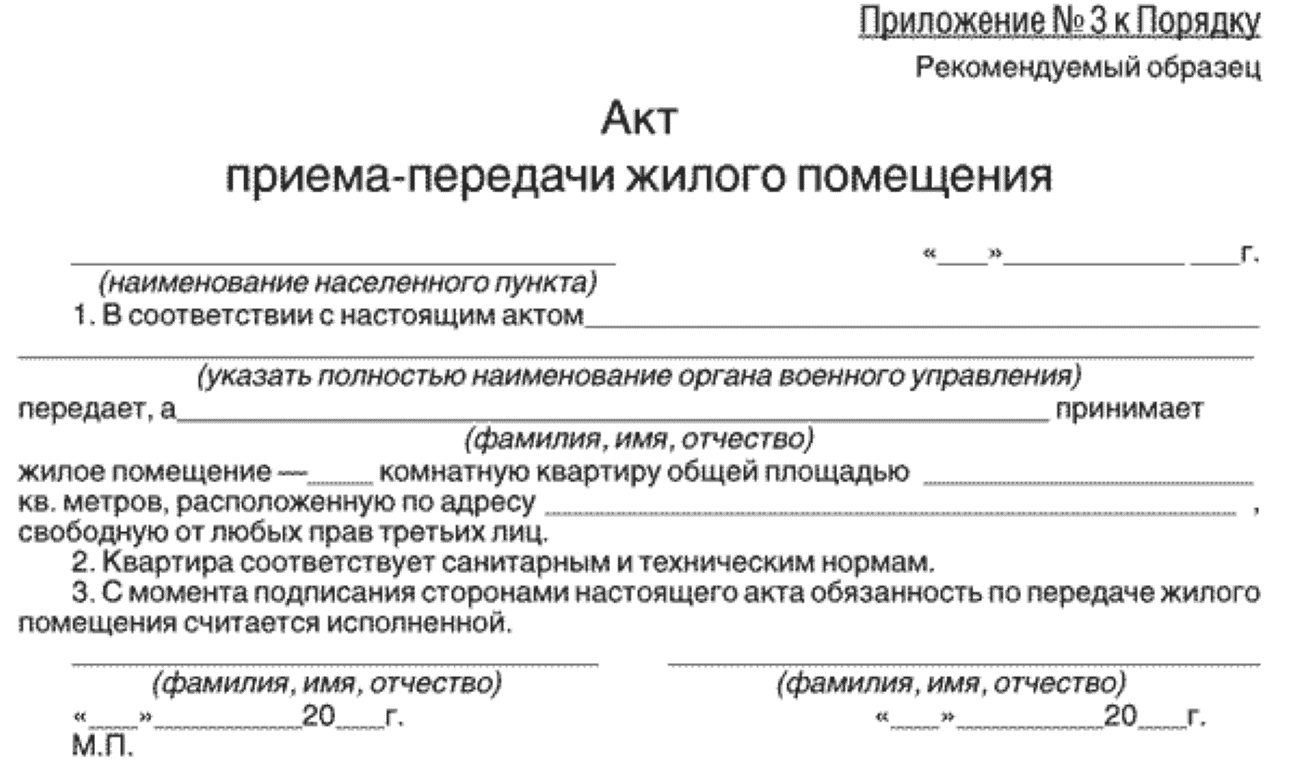10 consecutive stages of drawing up an act of acceptance and transfer of premises for rent
It is very important to observe the legal aspects of the lease relationship in order to avoid disputes. The tenant rents the area for a fee, and the owner leases the premises for temporary use - such a simple situation at first glance can be complicated by the claims of the parties to each other.
Dear readers! Our articles talk about typical ways to resolve legal issues, but each case is unique.
If you want to know how to solve exactly your problem - contact the online consultant form on the right or call +7 (499) 703-51-68, 8 (800) 333-45-16 ext. 291 It's fast and free!
In order to prevent this from happening, any lease must be drawn up in accordance with the law and draw up not only an agreement, but also an act of acceptance and transfer of the premises.
A deed of transfer is a document that confirms the fact of the perfect transfer of real estate from the owner to the tenant.
How to fill out an advance report, they will tell you
 An example of an act of transfer of non-residential premises.
An example of an act of transfer of non-residential premises. It is drawn up and signed by both parties at the end of the lease transaction, is its mandatory result and regulates the legal relations of its participants.
The bilateral signing of this act means the full consent of the persons regarding the terms of the lease and the condition of the leased area.
Without an act of acceptance and transfer, the lease is not considered legally completed. Drawing up such a document, first of all, protects the interests of the landlord, since by signing it, the tenant assumes responsibility for the safety and current condition of the premises taken.
So fixing all the nuances and signing the acceptance certificate will be useful for tenants as well.
 An example of an act of transfer of residential premises.
An example of an act of transfer of residential premises. The procedure for registration of non-residential premises
Non-residential premises are rented for business: for offices, warehouses, for the provision of various services, for trade. In this case, not only individual entrepreneurs, but also legal entities and their representatives can act as participants in the transaction.
Not sure what you need to draw up - a contract or a contract? The article will help you decide.
Heads of enterprises or their proxies have the right to sign it. If there is a seal, the signature is also supported by it.
In the act for non-residential premises the following sections should be present:
- Date of registration and place;
- Full name of the company or full name of the entrepreneur and owner of the area;
- Address of the premises, total area;
- Details of the lease agreement;
- A complete description of the internal condition of the premises along with technical specifications;
- A list of all detected defects or information that there are none;
- For what purpose will the room be used?
Often, a package of documents with the technical characteristics of the building, drawings, diagrams, plans, and explanations is also attached to the act.
A sample act of acceptance and transfer of non-residential premises can be downloaded
The main sections of the act of acceptance and transfer
- Name of the document: “Acceptance and transfer certificate of non-residential (residential) premises leased”, indicate in brackets that this is an annex to the contract.
- Enter information about the contract: number (if it has been registered) and date.
- Fill in the address of the rented premises.
- Indicate the city where the document is being prepared, and the date.
- The text can begin like this: “We, the undersigned, (full name of the owner, passport details), hereinafter referred to as the “Landlord”, on the one hand, and (name of the tenant, passport details), hereinafter referred to as the “Tenant”, on the other hand, have drawn up this act that the Lessor handed over, and the Lessee accepted the non-residential (residential) premises located at ____.
- Next, describe its location: floor, footage, number of rooms. If necessary, enter its technical characteristics, attach supporting documents, diagrams. Indicate the internal condition, the presence of repairs.
- Make an inventory of property: furniture, household appliances, record their condition.
- Take meter readings.
- Specify visible defects: scratches, chips, dents, cracks, etc. Add information about whether the tenant has no complaints about this or whether the property is habitable.
- Signatures of the parties: “Accepted: ______; Passed: _____.
Do not forget to make a note in the contract or in the act about when the Tenant received the premises for use. By default, this date is the date of the act.
If you want to know how, follow the link.
So, in any real estate transaction, both an agreement and an act are drawn up. If you are not sure that you can write it correctly, seek the help of a lawyer or an independent expert.
How to create an act of acceptance based on a lease, see this video:




